Is the "yeast treatment" of Rosa rugosa a kind of treatment? Is there any difference between beer and red wine?
Professional coffee knowledge exchange more coffee bean information please follow the coffee workshop (Wechat official account cafe_style)
The word "fermentation" in life is often reminiscent of flour making cakes, Youtiao, steamed buns, steamed buns, or moldy food products. Fermentation has been so widely used in our daily life that we enjoy a wide variety of delicious fermented food. Huizhou hairy tofu, French wine, homemade pickled radish, northeast sauerkraut pork, canned Swedish herring, everyone knows it's fermented.
But in English, Fermentation is derived from the Latin fervere, which originally means "tumbling". It describes the phenomenon that yeast foams slightly or violently resembles boiling when yeast acts on grape juice or wort.
The fermentation of beer
There is no doubt that beer is produced by fermentation, and the best-known formula for the fermentation of alcohol is that sugars produce alcohol and carbon dioxide by yeast. But in fact, the fermentation of beer is much more than alcohol. All kinds of flavors that people like and dislike need to be precisely controlled by the fermentation environment and state in order to produce more good flavors and less bad flavors.
Whether making noodles or making wine, it depends on the life activities of microorganisms under aerobic or anaerobic conditions to prepare microbial bacteria themselves, or their direct metabolites or secondary metabolites.
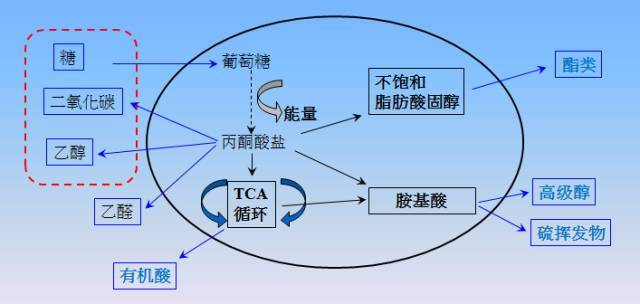
A simple schematic diagram of yeast metabolic cycle
Interestingly, in the process of beer fermentation, the late yeast is still crying for food, at this time the fermentable sugar may have been exhausted, a variety of fermentation metabolites by-products will become yeast food.
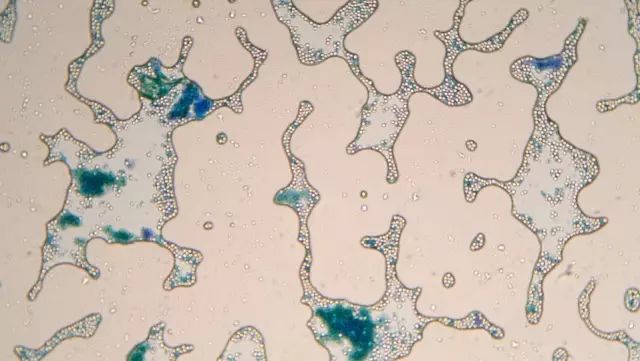
Yeast that works like a beast in beer
At this time, winemakers control the bad taste to be eaten more, and the good taste to be eaten less, which becomes subtraction from addition. This is the main reason why red wine tastes good for a long time, because the bad taste is less and less, and the quality of the wine becomes clearer and cleaner.
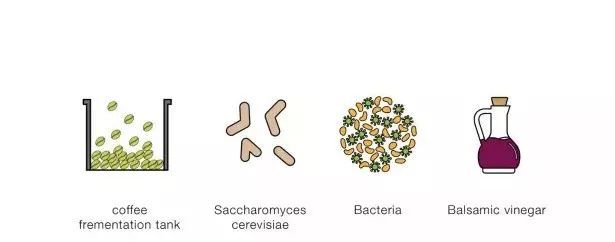
Photo by Sasa
The fermentation of coffee
Different biological changes take place in the natural fermentation of coffee. Yeast produces enzymes and lactic acid bacteria decompose the sugar in coffee pectin. Lipids, proteins and acids in sugars are degraded and converted into alkyd (alcohol acidic acids). The smell, color and pH of coffee will change, and so will the pectin composition of coffee.
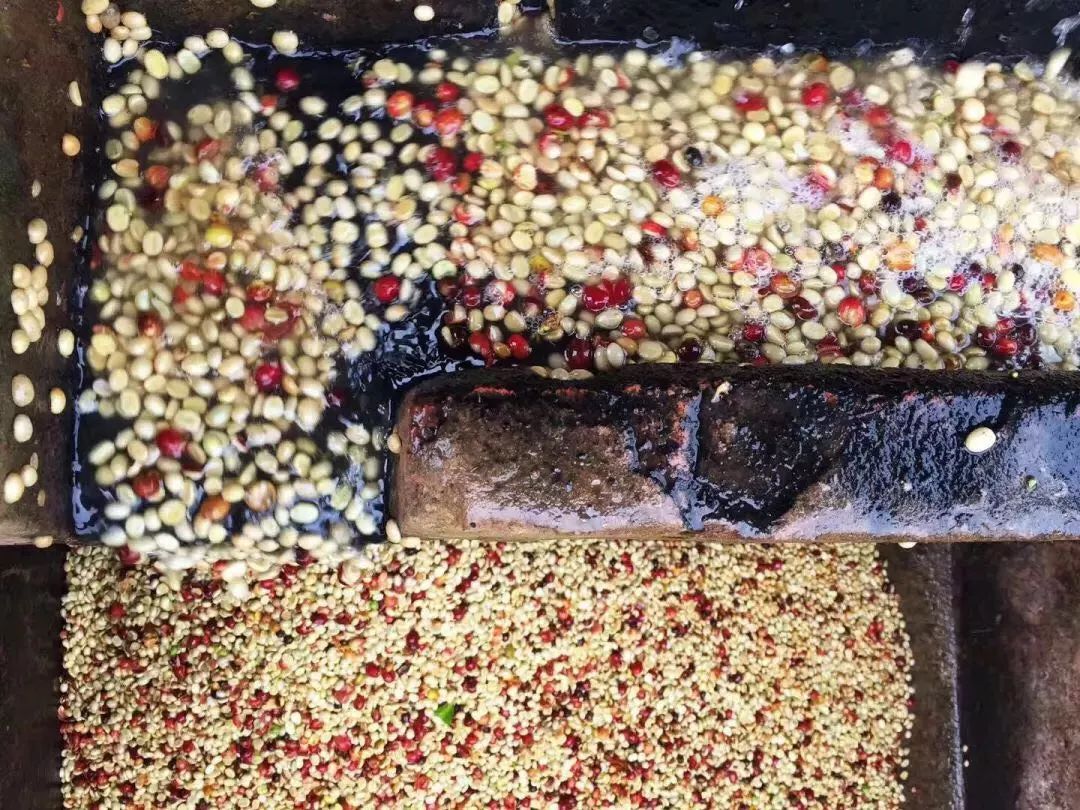
The core of treatment is fermentation.
In the process of fermentation, different substances are involved (coffee peel, coffee pulp, coffee pectin, bacteria species, bacteria distribution), different environments (water and water, oxygen and oxygen, PH environment, etc.). Different drying methods and processes (container material, natural sun, drying equipment, turning times, etc.), resulting in different post-processing flavor and taste.
The basic process of coffee is coffee planting-> raw bean treatment-> cooked bean roasting-> coffee brewing. However, in this process of raw bean treatment, all kinds of treatment methods are inextricably related to fermentation.
Most of the methods we see are dry fermentation (dry fermentation) and wet fermentation (wet fermentation), and how are the more popular "anaerobic treatment" and "yeast treatment" carried out recently?
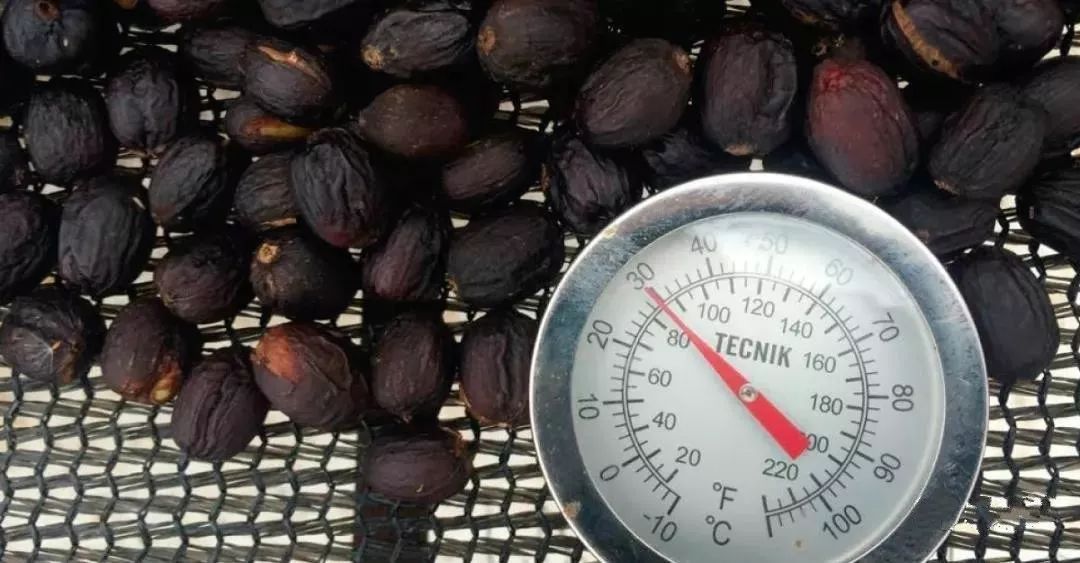
Yeast treatment
No matter from which point of view, adding yeast to the fermentation process is a bold approach.
Camille Delebeque, a French doctor of biology, gave a speech at Re;co in Gothenburg, Sweden. the company he founded changed the flavor of coffee by controlling the microbes in the process of coffee fermentation, making the coffee less bitter, astringent, and sometimes even sour. He called the product Cultured coffee, or microbial coffee.
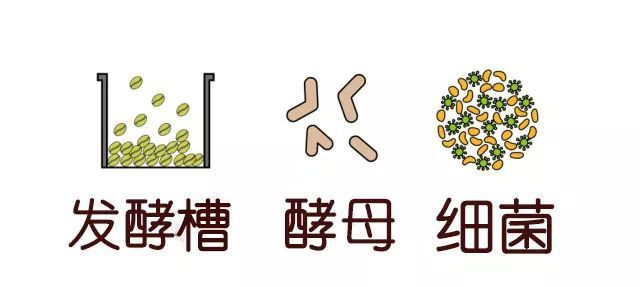
Their approach is to select specific yeasts or microbes for so-called secondary fermentation, to improve the good flavor, or to reduce the bad flavor. Even if he did not disclose what microbes he used, nor did he explain how his secondary fermentation was carried out, let alone the origin of coffee, beans, and so on, his product was not cheap at all, asking $29 for 5 ounces (148g).
Aida Batlle, El Salvador's best-known coffee farmer, partnered with Equator, an American bean baker, to add yeast to the fermentation tank of Buenos Aires on the Salvadoran farm to test the effect on the flavor and compare it with the traditional washing treatment without yeast. In 2017, they experimented with two different yeasts and found that different yeasts produced different results. One of them increases the sweetness, balance and consistency of coffee, while the other improves brightness and fruit tonality. Yeast treatment adds flavors that are not easily available in traditional washing: sugarcane, lemon, nutmeg and sage.
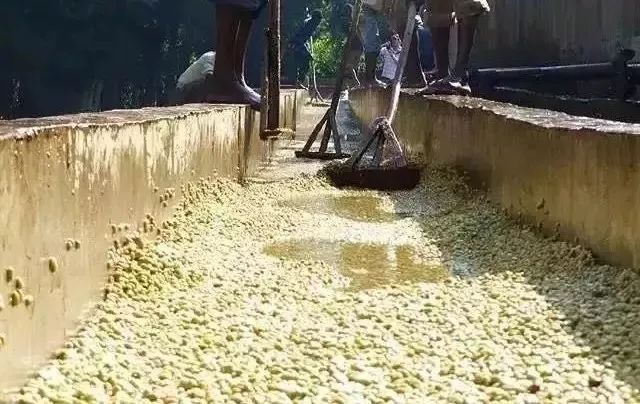
According to official information, the Panamanian Jade Manor Rose Summer auction yeast processing Series (ES-Y): a total of four LOT batches, nine boxes of beans, using a new treatment method "yeast fermentation" and unique flavor of Rosa.
One of the biggest highlights of this year's auction is the addition of "yeast treatment batches": adding special yeast to the fermentation tank for 48 hours before washing, and then drying on the drying bed for four days. Unique yeast treatment batches. The addition of yeast in the post-processing process makes the fermentation process more rapid and thorough, and produces a special flavor.
According to the different flavor of red wine of yeast, the red wine taste of yeast An is more obvious than that of yeast B, while the red wine of yeast An is more meticulous, which can show the characteristics of Rosa more beautiful, so the price of Ymur1 is higher.
Lot ES-Y-1: add A yeast to ferment for 48 hours, then wash it, then dry it on the scaffolding for 4 days, the bidding price is US $340 / lb!
Lot ES-Y-2: add B yeast to ferment for 48 hours, then wash it, then dry it on the scaffolding for 4 days, the bidding price is US $111l / lb!
According to the manor operator Rachel Peterson, the "yeast fermentation method" is an attempt at the treatment of the Jade Manor to observe the performance of Rosa coffee fermented by yeast inoculation.
Treatment process: manually pick the fully ripe bright red fruit, sift out the small size and rinse, soak in clean water, ferment for about 48 hours, add yeast, and then dry in the sun. It is about 1 to 2 layers thick on the tanning bed, after 4 days of sun exposure, the average temperature: daily: 16 degrees-23 degrees, every night: 10 degrees-15 degrees, complete a completely different unique flavor!
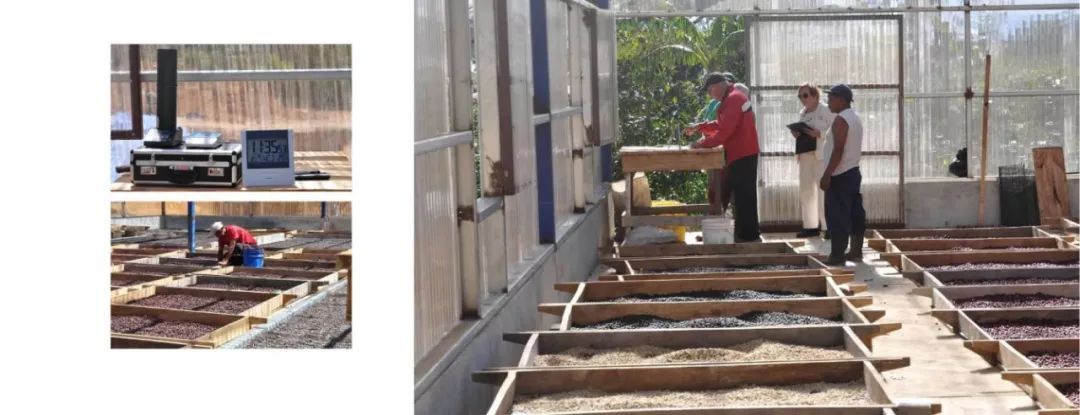
After testing the red mark with yeast in our cup, we are pleased to find that this method enhances the performance of Rose Summer Coffee in all aspects (including aroma, mellow thickness, acidity and finish) and is very different from Sun Rose Summer. In general, it is closer to anaerobic fermentation, this treatment of rose summer is very good in terms of aroma and flavor, it grinds away the unsoftness and high acidity of washed coffee, brings a balanced and rich layer, and adds a flavor similar to red wine.
Important Notice :
前街咖啡 FrontStreet Coffee has moved to new addredd:
FrontStreet Coffee Address: 315,Donghua East Road,GuangZhou
Tel:020 38364473
- Prev
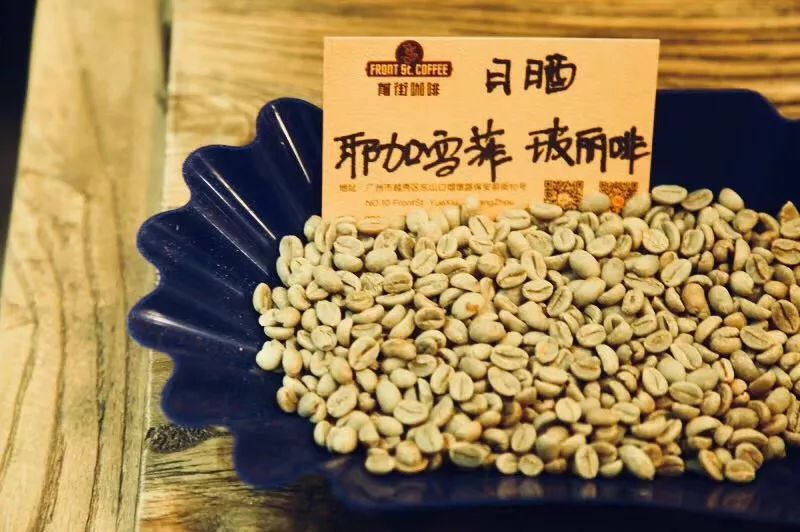
The difference between [Yega] and [Sidamo]-how to cook
Professional coffee knowledge exchange more coffee bean information please follow Coffee Workshop (Wechat official account cafe_style) ● about the two producing areas of [Yegashafi] and [Sidamo] these four major planting systems are distributed in the following nine major Ethiopian producing areas: Jinma, Sidamo, Yegashafi, Hara, Lim, Irubabo, Kimbi (Lekanti), Tibby, and Becca. Yega
- Next
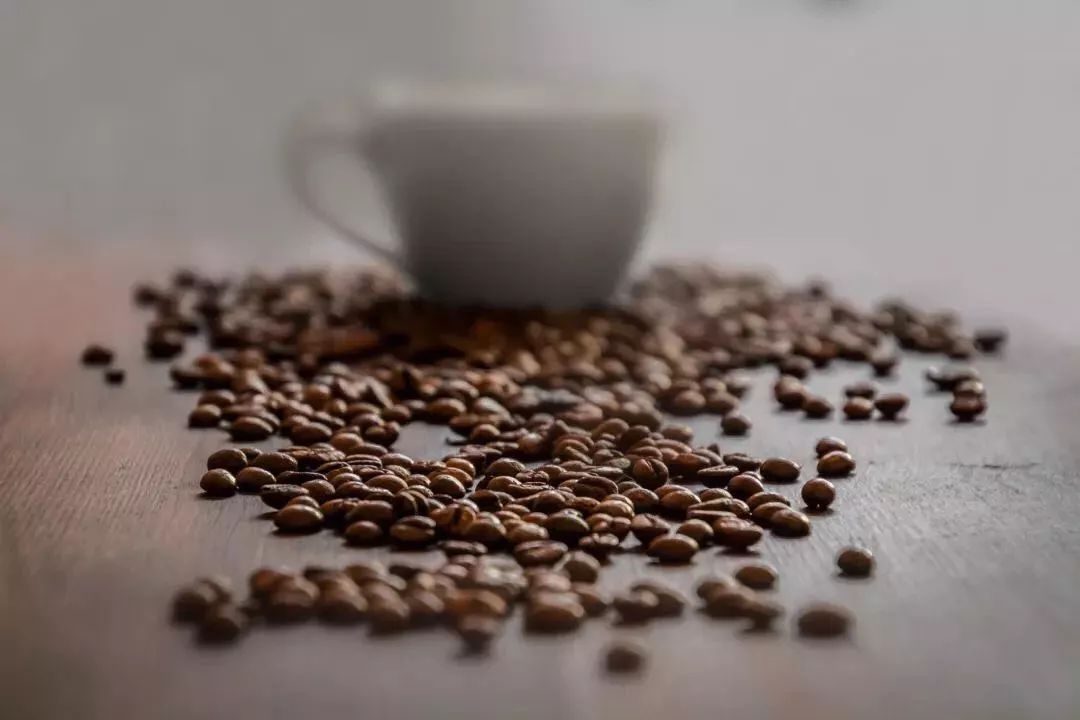
Can I still make "expired" coffee by hand? -how do I make "expired" coffee?
Professional coffee knowledge exchange more coffee bean information please follow the coffee workshop (Wechat official account cafe_style) what is expired coffee? When we talk about expired coffee here, we mean coffee that has passed the "best appreciation period". What is the shelf life of coffee? Coffee shelf life, also known as taste period, refers to the best taste period of coffee, not the shelf life of food (usually
Related
- What is the meaning of lactic acid fermentation with coffee bean treatment?
- How to judge the state of foam by sound?
- How does the latte pull out the unicorn pattern? Come to get for a little trick to improve the flower pull!
- Will flower pulling affect the taste of the latte?
- Do you know the history of coffee?
- The difference between honey treatment and sun washing what is raisin honey treatment?
- What kind of milk can a novice use to make coffee foam to keep the foam longer? The correct method and skills of milking tutorial sharing
- Why do washed coffee beans taste sour? Flavor characteristics of washed Coffee
- Introduction to the skill of how to practice the size and height of water injection around the circle of hand-brewed coffee
- How do beginners practice coffee flower drawing from scratch?

